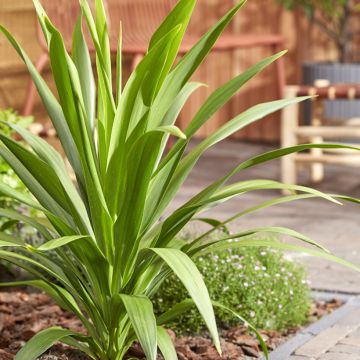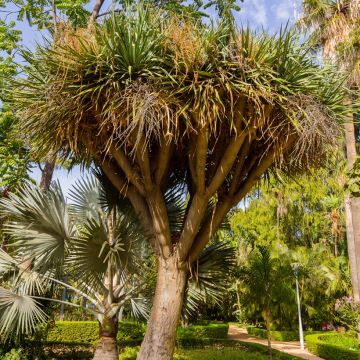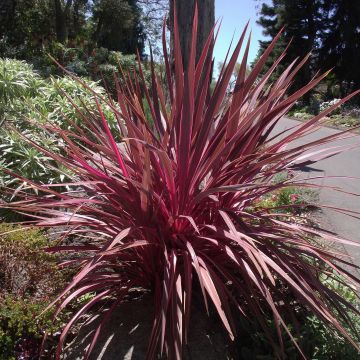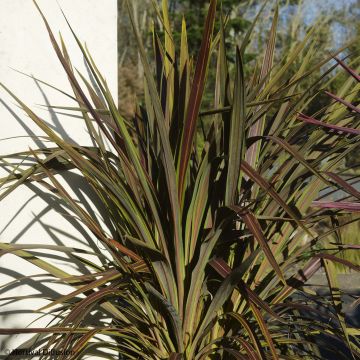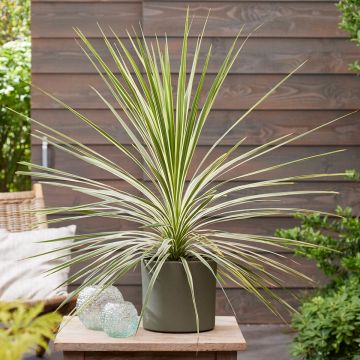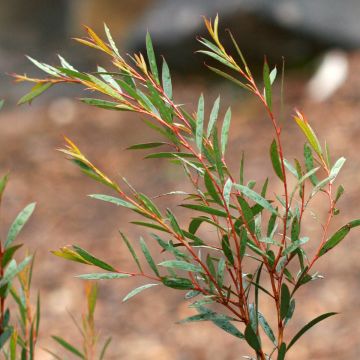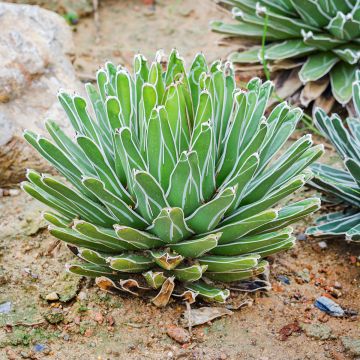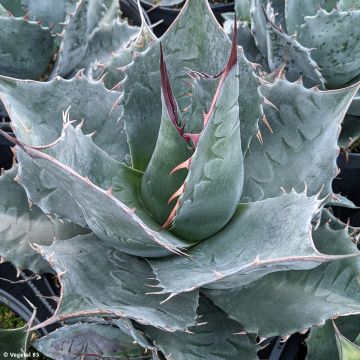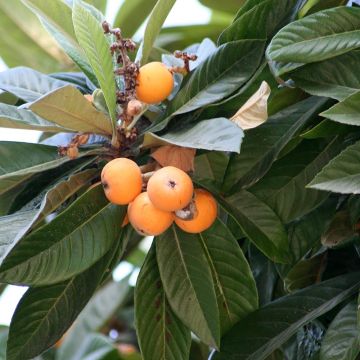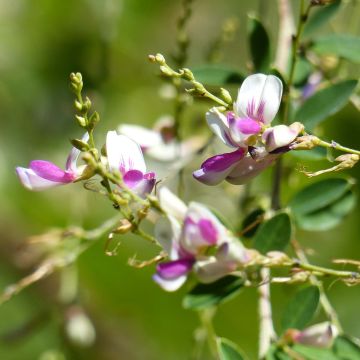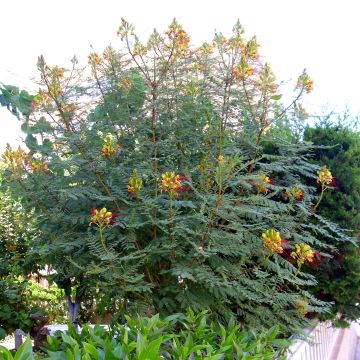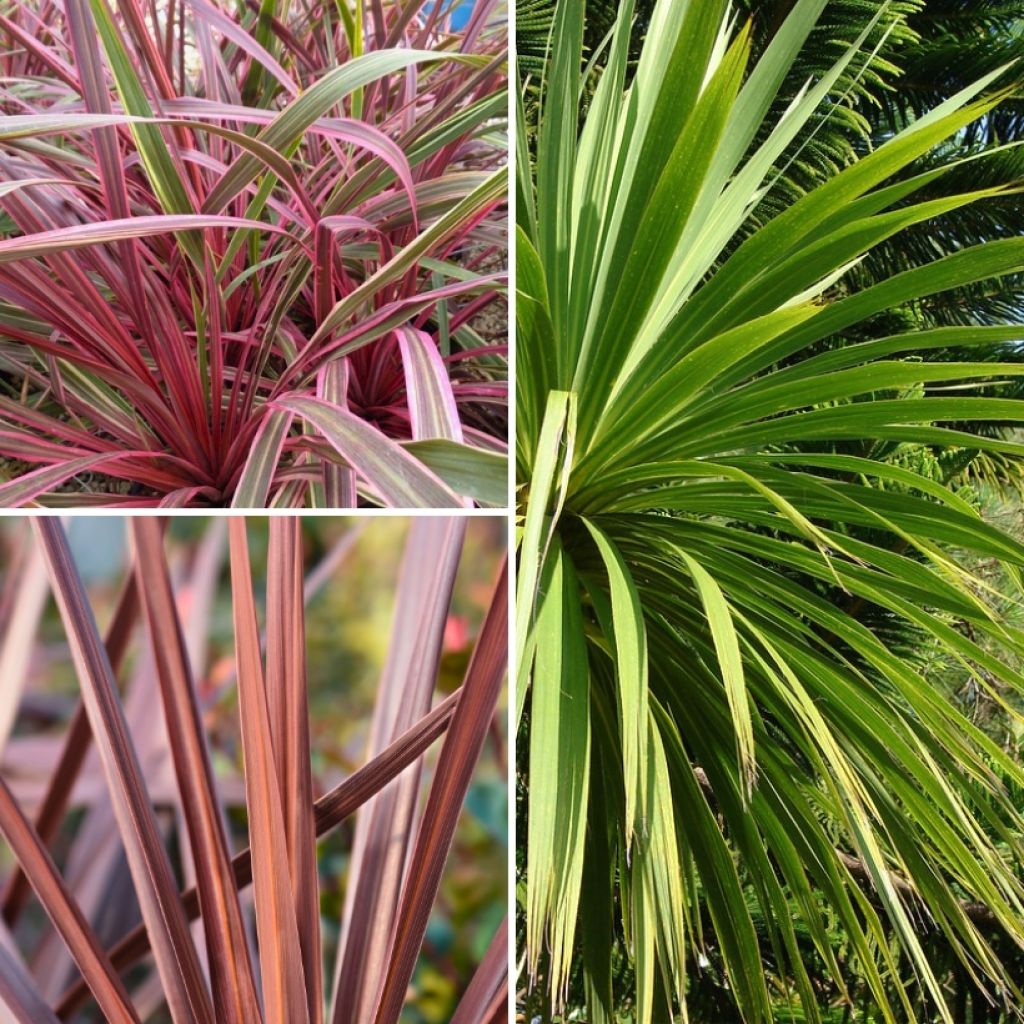

Collection of Cordyline for an exotic look
Collection of Cordyline for an exotic look
Cordyline australis sp., Red Star, Can Can
Cabbage Tree, Cabbage Palm
This item cannot be shipped to the selected country
Delivery charge from €6.90
More information
Schedule delivery date,
and select date in basket
This plant carries a 24 months recovery warranty
More information
We guarantee the quality of our plants for a full growing cycle, and will replace at our expense any plant that fails to recover under normal climatic and planting conditions.
From €7.90 for pickup delivery and €6.90 for home delivery
Express home delivery from €8.90.
Does this plant fit my garden?
Set up your Plantfit profile →
Collection items (0 plants)
Description
This collection of Cordylines for an exotic look will delight enthusiasts of architectural and colourful plants. It brings together Cordyline australis and its varieties 'Red Star' and 'Can Can', each offering a unique visual aspect to create a remarkably colourful scene all year round. These less hardy plants are appreciated for their spectacular foliage that remains attractive all year round, even in winter. Tolerating drought once well-established, cordylines require little maintenance. In addition to their use in borders, these Cordylines are also magnificent in containers on a terrace or in a large rockery, bringing a touch of exoticism wherever they are planted.
Collection details
x 1 Cordyline australis: this classic variety (the wild species) has glaucous green foliage and proudly stands up to 5-6 metres high, offering an impressive vertical structure in the garden.
x 1 Cordyline australis 'Red Star': its main characteristic is its spectacular burgundy red foliage. It reaches a medium height of 3 metres.
x 1 Cordyline 'Can Can': this variety stands out with its variegated multicoloured foliage, mixing green, cream, and pink. It remains more compact, not exceeding 1 metre high. It is an ideal selection for small spaces or containers.
Cordylines are best planted in spring or early autumn, depending on the climate, to allow them to establish themselves before the extreme temperatures of summer or winter. Their frost resistance is limited, to -6/-8 °C at the most. Outside coastal regions, it is best to cultivate them in containers to overwinter them like citrus trees. For maximum visual effect in a border, plant the Cordyline australis in the background due to its height, the 'Red Star' variety in the middle for its vibrant colour, and the 'Can Can' in the front for its delicately variegated foliage. Provide a spacing of at least 1 metre between each plant to give them space to flourish.
To complete your exotic border, associate the Cordylines with plants that have similar sunlight and soil requirements. Phormium 'Rainbow Sunrise', with its multicoloured, changing leaves, blends beautifully with the 'Can Can' cordyline, in front of the other plants in the border. Fatsia japonica, offering a contrasting leaf size and texture, will have a beautiful effect placed next to the 'Red Star' variety. To edge your border, opt for Armeria maritima, or sea thrift, a low perennial well adapted to coastal conditions. Its small, pink or white flowering balls bring a delicate touch in the front row, harmonising with the spectacular foliage of the Cordylines.
Report an error about the product description
Plant habit
Flowering
Foliage
Botanical data
Cordyline
australis
sp., Red Star, Can Can
Asparagaceae
Cabbage Tree, Cabbage Palm
Dracaena australis
Cultivar or hybrid
Other Cordyline
View all →Planting and care
Cordyline australis thrives in the sun in moist and well-drained soil, even sandy, which does not remain waterlogged. It withstands winds and sea spray, but shelter it from cold north winds. This plant appreciates summer heat. When planting in spring, add coarse sand such as river sand or gravel. In winter, protect the top of the bush with a winter cover. The Cordyline does not require any particular pruning. Only remove dried leaves and faded flowers. Do not overwater, only in case of drought. It has few enemies, as it does not attract predators.
It grows well in a large pot, even indoors if the room is very bright and not too heated.
Planting period
Intended location
Care
This item has not been reviewed yet - be the first to leave a review about it.
Similar products
Haven't found what you were looking for?
Hardiness is the lowest winter temperature a plant can endure without suffering serious damage or even dying. However, hardiness is affected by location (a sheltered area, such as a patio), protection (winter cover) and soil type (hardiness is improved by well-drained soil).
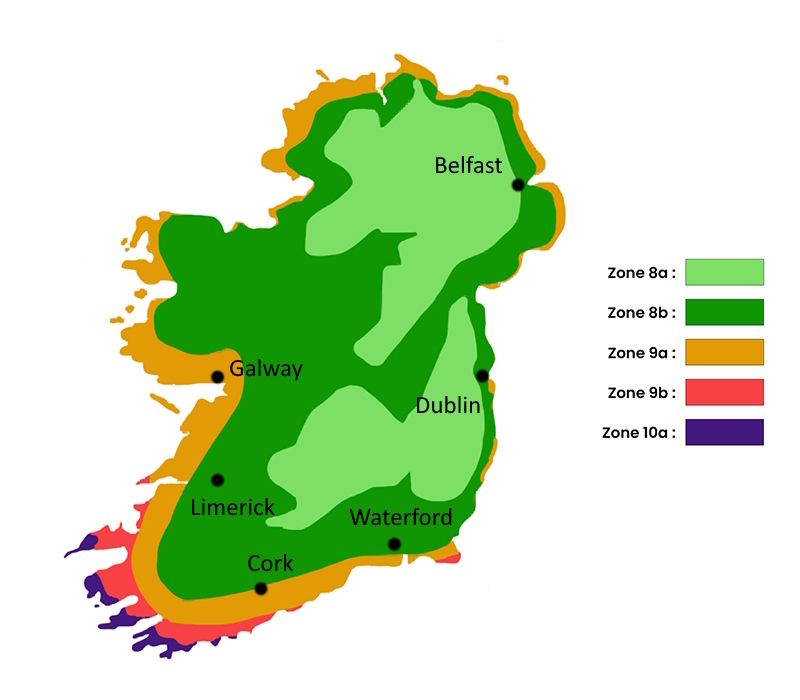
Photo Sharing Terms & Conditions
In order to encourage gardeners to interact and share their experiences, Promesse de fleurs offers various media enabling content to be uploaded onto its Site - in particular via the ‘Photo sharing’ module.
The User agrees to refrain from:
- Posting any content that is illegal, prejudicial, insulting, racist, inciteful to hatred, revisionist, contrary to public decency, that infringes on privacy or on the privacy rights of third parties, in particular the publicity rights of persons and goods, intellectual property rights, or the right to privacy.
- Submitting content on behalf of a third party;
- Impersonate the identity of a third party and/or publish any personal information about a third party;
In general, the User undertakes to refrain from any unethical behaviour.
All Content (in particular text, comments, files, images, photos, videos, creative works, etc.), which may be subject to property or intellectual property rights, image or other private rights, shall remain the property of the User, subject to the limited rights granted by the terms of the licence granted by Promesse de fleurs as stated below. Users are at liberty to publish or not to publish such Content on the Site, notably via the ‘Photo Sharing’ facility, and accept that this Content shall be made public and freely accessible, notably on the Internet.
Users further acknowledge, undertake to have ,and guarantee that they hold all necessary rights and permissions to publish such material on the Site, in particular with regard to the legislation in force pertaining to any privacy, property, intellectual property, image, or contractual rights, or rights of any other nature. By publishing such Content on the Site, Users acknowledge accepting full liability as publishers of the Content within the meaning of the law, and grant Promesse de fleurs, free of charge, an inclusive, worldwide licence for the said Content for the entire duration of its publication, including all reproduction, representation, up/downloading, displaying, performing, transmission, and storage rights.
Users also grant permission for their name to be linked to the Content and accept that this link may not always be made available.
By engaging in posting material, Users consent to their Content becoming automatically accessible on the Internet, in particular on other sites and/or blogs and/or web pages of the Promesse de fleurs site, including in particular social pages and the Promesse de fleurs catalogue.
Users may secure the removal of entrusted content free of charge by issuing a simple request via our contact form.
The flowering period indicated on our website applies to countries and regions located in USDA zone 8 (France, the United Kingdom, Ireland, the Netherlands, etc.)
It will vary according to where you live:
- In zones 9 to 10 (Italy, Spain, Greece, etc.), flowering will occur about 2 to 4 weeks earlier.
- In zones 6 to 7 (Germany, Poland, Slovenia, and lower mountainous regions), flowering will be delayed by 2 to 3 weeks.
- In zone 5 (Central Europe, Scandinavia), blooming will be delayed by 3 to 5 weeks.
In temperate climates, pruning of spring-flowering shrubs (forsythia, spireas, etc.) should be done just after flowering.
Pruning of summer-flowering shrubs (Indian Lilac, Perovskia, etc.) can be done in winter or spring.
In cold regions as well as with frost-sensitive plants, avoid pruning too early when severe frosts may still occur.
The planting period indicated on our website applies to countries and regions located in USDA zone 8 (France, United Kingdom, Ireland, Netherlands).
It will vary according to where you live:
- In Mediterranean zones (Marseille, Madrid, Milan, etc.), autumn and winter are the best planting periods.
- In continental zones (Strasbourg, Munich, Vienna, etc.), delay planting by 2 to 3 weeks in spring and bring it forward by 2 to 4 weeks in autumn.
- In mountainous regions (the Alps, Pyrenees, Carpathians, etc.), it is best to plant in late spring (May-June) or late summer (August-September).
The harvesting period indicated on our website applies to countries and regions in USDA zone 8 (France, England, Ireland, the Netherlands).
In colder areas (Scandinavia, Poland, Austria...) fruit and vegetable harvests are likely to be delayed by 3-4 weeks.
In warmer areas (Italy, Spain, Greece, etc.), harvesting will probably take place earlier, depending on weather conditions.
The sowing periods indicated on our website apply to countries and regions within USDA Zone 8 (France, UK, Ireland, Netherlands).
In colder areas (Scandinavia, Poland, Austria...), delay any outdoor sowing by 3-4 weeks, or sow under glass.
In warmer climes (Italy, Spain, Greece, etc.), bring outdoor sowing forward by a few weeks.


































